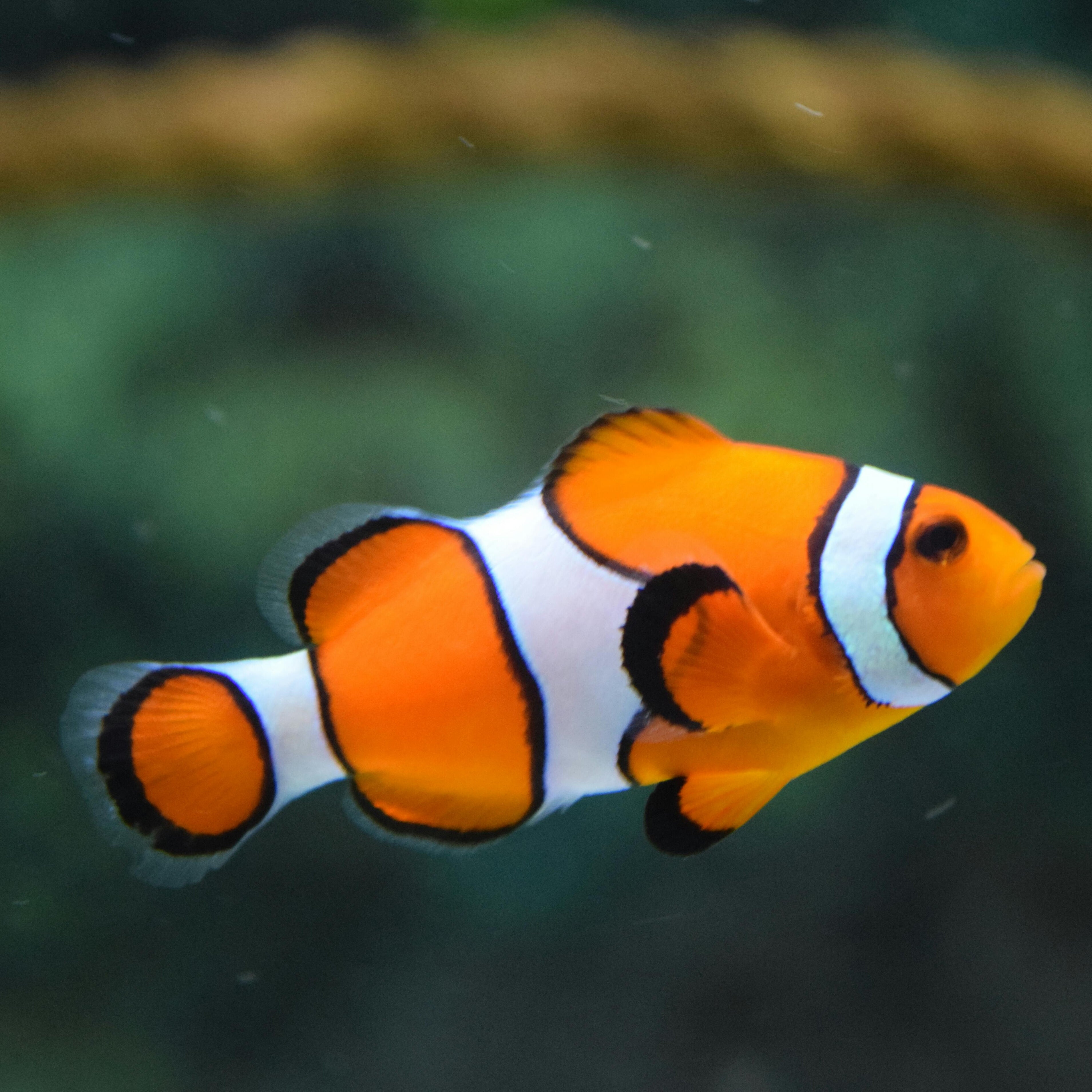THE ULTIMATE FISH GUIDE

THE ULTIMATE FISH GUIDE
SUMMARY
Birds pose a significant threat to fish farms by preying on stock and contaminating water and feed with droppings. This guide provides humane and effective strategies to safeguard your fish and farm environment, including protective netting, sound deterrents, visual scare tactics, and habitat control.
FEATURES
-
Overhead Netting: Durable, weather-resistant netting to block bird access to ponds.
-
Sound Deterrents: Devices emitting distress calls or ultrasonic frequencies to deter birds.
-
Visual Scare Tactics: Predator decoys and reflective materials to create a threatening environment.
-
Water Surface Protection: Aerators or fountains to disrupt calm waters and deter hunting.
-
Habitat Control: Modification of surrounding vegetation to minimize roosting and nesting.
-
Feed Management: Sealed storage and prompt cleaning to prevent scavenging.
-
Waste Control: Regular cleanup to remove potential food sources for birds.
-
Humane Solutions: Eco-friendly and non-harmful methods to maintain bird-free zones.
DESCRIPTION
Birds can cause significant problems at fish farms by preying on fish and contaminating water and feed. Effective bird management is essential to protect your stock and maintain a clean, productive environment.
Overhead netting is a key strategy. High-tensile, UV-resistant netting provides a physical barrier that prevents birds from accessing ponds. Proper installation is essential to avoid gaps that birds might exploit.
Sound deterrents create an environment that feels unsafe for birds. Devices emitting bird distress calls or predator sounds, along with ultrasonic repellents, can effectively discourage birds from approaching.
Visual scare tactics, such as predator decoys and reflective materials, further enhance bird deterrence. Moving these deterrents regularly ensures that birds don’t become accustomed to them.
Water surface protection is another effective method. Aerators or fountains create movement on the water’s surface, making it difficult for birds to target fish and reducing their interest in the area.
Habitat control reduces the attractiveness of the surrounding environment. Trimming vegetation, removing roosting sites, and managing the landscape can discourage birds from settling near fish farms.
Feed and waste management play a critical role in bird deterrence. By properly storing feed in sealed containers and cleaning up waste promptly, you eliminate food sources that attract birds.
These humane and eco-friendly solutions ensure that your fish farm remains productive and bird-free while protecting wildlife.
- Shoumik Mohapatra

Comments 0